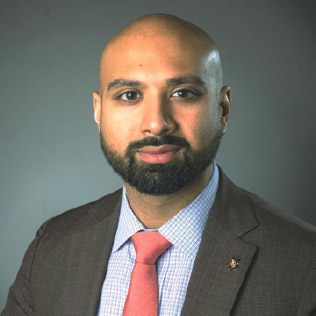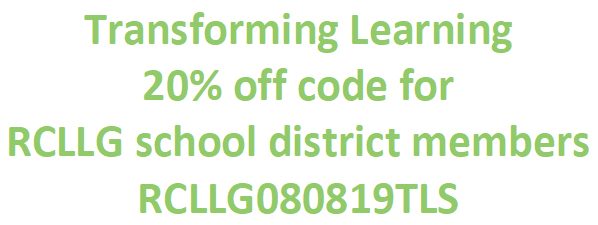New experience features real solutions for U.S. state and local governments
In late April, Microsoft CEO Satya Nadella stated: “We’ve seen two years’ worth of digital transformation in two months … We are working alongside customers every day to help them adapt and stay open for business in a world of remote everything.” Those thoughts directly apply to our efforts to support U. S. state and local governments — and provide the impetus for launching the Microsoft Digital Transformation Showcase, a unique virtual experience featuring tangible examples of secure solutions powered by the cloud, AI, machine learning and more.
Digital experience
We had planned to deliver the Showcase in person in cities across the country to highlight how our solutions are helping advance government and our nation. Instead, we’re presenting a digital experience demonstrating the creative ways government agencies are engaging citizens, empowering employees, optimizing operations, and reinventing services and business models. It’s easy to explore video demonstrations, interviews and other resources in our five Showcase focus areas:
- 21st century workforce
- A safer, more secure nation
- Connected governments and communities
- Reimagined health and human services
- Smart infrastructure
These Showcase areas feature real solutions — not abstract tech discussions — to show what we can do together to deliver results, drive modernization and enhance government services.
Achieving more for constituents
The wealth of Showcase content is sure to inspire state and local governments to continue achieving more for their constituents. Participants can expect to gain unique perspectives, for example:
- Philip Neufeld, executive officer of IT for California’s Fresno Unified School District, explains the digital transformation that’s in work to better prepare students for their “as yet imagined futures.”
- Houston City Council Member Abbie Kamin shares why she became the first adopter of Microsoft Teams for committee meetings and explains how Teams live events is helping “keep business running” and sustain public engagement virtually.
- South Dakota CTO Pat Snow talks about the quick and “very smooth” adoption of Microsoft Teams to enable remote work of state employees.
- A demonstration shows how Johns Hopkins University used Power BI integrated with Esri mapping software to create the now famous interactive, web-based COVID-19 dashboard, providing the most comprehensive, up-to-date picture of the virus’s global scope and spread.
- New York Metropolitan Transportation Authority CTO Raf Portnoy describes the “phenomenal miracle” of 72,000 employees coming together to sustain bus, subway and commuter rail service – with about 12,000 members of the team working from home.
This is just a small sampling of the powerful, positive outcomes Showcase participants will learn about.
Building the future
In our ongoing conversations with government customers, we learn a lot. A major insight we’ve gained is that customers don’t talk about the products they want; they talk about the modern experiences they want to deliver. Government leaders are focused on creating outcomes that fulfill mission requirements, what they want to accomplish, the challenges they must overcome and how they want to build the future. The Showcase is aimed at dealing with these imperatives and assisting governments to quickly solve problems where technology can serve as a core enabler.
For more than 40 years, Microsoft has been the trusted partner to address the top priorities of state and local governments. Today, we are focused on empowering governments and their constituents through infrastructure and workplace modernization, workforce and skills development, and reaching underserved and underrepresented populations — all critical to ensuring everyone can thrive in the digital economy. Please join the Showcase to see how governments are responding to our uncertain times, recovering through collaboration, innovation and modernization, and reimagining and shaping a future of economic growth, digital transformation, and increased public trust and confidence.














